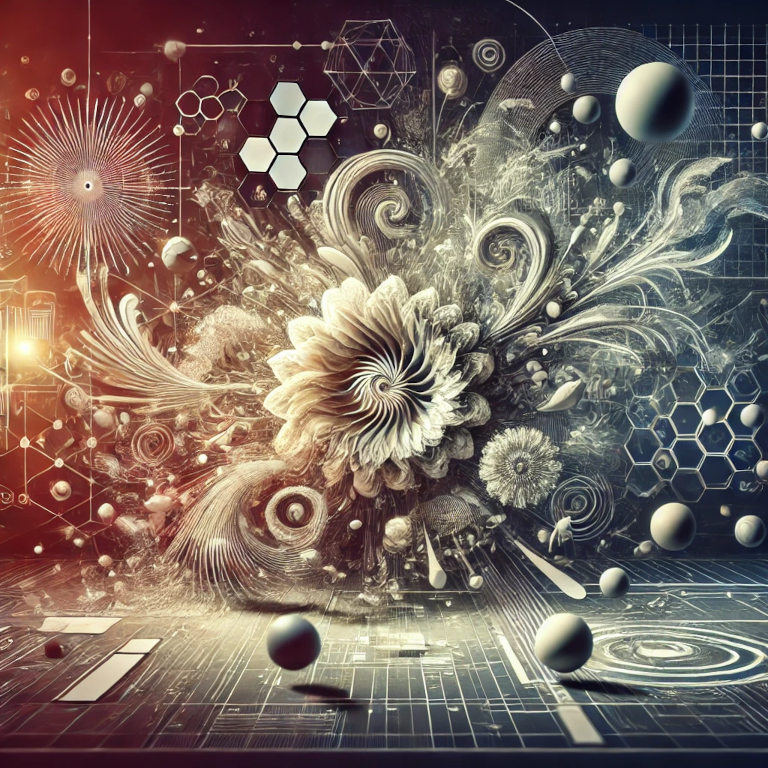Experimental art installations are dynamic, innovative, and often immersive experiences that challenge conventional notions of art. These installations break away from traditional mediums, using diverse materials, interactive elements, and cutting-edge technology to create unique, thought-provoking works. As an expert in Entertainment, this article will delve into the world of experimental art installations, exploring their significance, key features, and notable examples.
Understanding Experimental Art Installations
Experimental art installations are temporary or permanent artworks designed to transform a space and engage viewers in a multifaceted experience. Unlike traditional art forms such as painting or sculpture, these installations often incorporate various disciplines, including technology, architecture, and performance art. The goal is to provoke thought, evoke emotions, and encourage audience interaction.
Significance of Experimental Art Installations
1. Encouraging Interaction
One of the defining features of experimental art installations is their interactive nature. These works often invite viewers to touch, move, or even become part of the art itself, fostering a deeper connection between the audience and the artwork.
2. Challenging Perceptions
Experimental art installations challenge viewers’ perceptions and expectations. By presenting familiar concepts in unfamiliar ways, they encourage audiences to see the world from new perspectives and question their preconceived notions.
3. Promoting Innovation
These installations often utilize innovative materials and technologies, pushing the boundaries of what art can be. From digital projections and virtual reality to unconventional materials like recycled plastics and organic matter, experimental art installations showcase the endless possibilities of creative expression.
Key Features of Experimental Art Installations
1. Multisensory Experience
Experimental art installations engage multiple senses, creating a more immersive experience. This can include visual elements, soundscapes, tactile components, and even scents, all designed to envelop the viewer in the artwork.
2. Site-Specific Design
Many experimental art installations are site-specific, meaning they are created for a particular location and are influenced by the surrounding environment. This adds a unique dimension to the work, as the installation interacts with and responds to its setting.
3. Ephemeral Nature
These installations are often temporary, existing for a limited time before being dismantled. This ephemeral quality adds to their allure, creating a sense of urgency for viewers to experience the work before it disappears.
Notable Examples of Experimental Art Installations
1. “The Weather Project” by Olafur Eliasson
Olafur Eliasson’s “The Weather Project,” exhibited at the Tate Modern in London, is a prime example of an experimental art installation. This work transformed the museum’s Turbine Hall into an otherworldly environment using light, mirrors, and mist to create a mesmerizing, artificial sun. The installation invited viewers to lie on the floor and bask in the eerie, monochromatic glow, prompting reflection on the natural world and human experience.
2. “Rain Room” by Random International
The “Rain Room” by Random International is an interactive installation where visitors walk through a room filled with falling water that stops wherever a person stands. Utilizing motion sensors and intricate technology, the installation creates the illusion of controlling the rain, offering a unique and surreal experience that blurs the line between art and science.
3. “Infinity Mirror Rooms” by Yayoi Kusama
Yayoi Kusama’s “Infinity Mirror Rooms” are renowned for their immersive and reflective environments. These installations use mirrors, lights, and water to create endless, kaleidoscopic spaces that challenge viewers’ perceptions of space and time. The viewer becomes an integral part of the artwork, experiencing a sense of infinite immersion.
Creating Your Own Experimental Art Installation
For those interested in creating their own experimental art installations, consider the following steps:
1. Concept Development
Begin with a strong concept that challenges conventional ideas and encourages viewer interaction. Consider the message you want to convey and how you can use various elements to express it.
2. Material Selection
Choose materials that align with your concept and add depth to the installation. Experiment with unconventional materials and integrate technology where possible to enhance the viewer’s experience.
3. Site Consideration
Select a site that complements and enhances your installation. Consider how the environment will interact with your work and how viewers will navigate the space.
4. Audience Engagement
Design your installation with the audience in mind. Think about how viewers will interact with the work and how you can create a multisensory experience that engages their emotions and intellect.
5. Implementation and Testing
Build and test your installation, making adjustments as needed to ensure it functions as intended. Pay attention to practical considerations such as safety, accessibility, and durability.
Summary
Experimental art installations are a captivating form of contemporary art that push the boundaries of creativity and viewer engagement. By combining diverse materials, innovative technologies, and interactive elements, these installations create immersive experiences that challenge perceptions and inspire new ways of thinking. Whether experiencing renowned works like “The Weather Project” and “Rain Room” or creating your own installation, the world of experimental art offers endless possibilities for exploration and expression.






